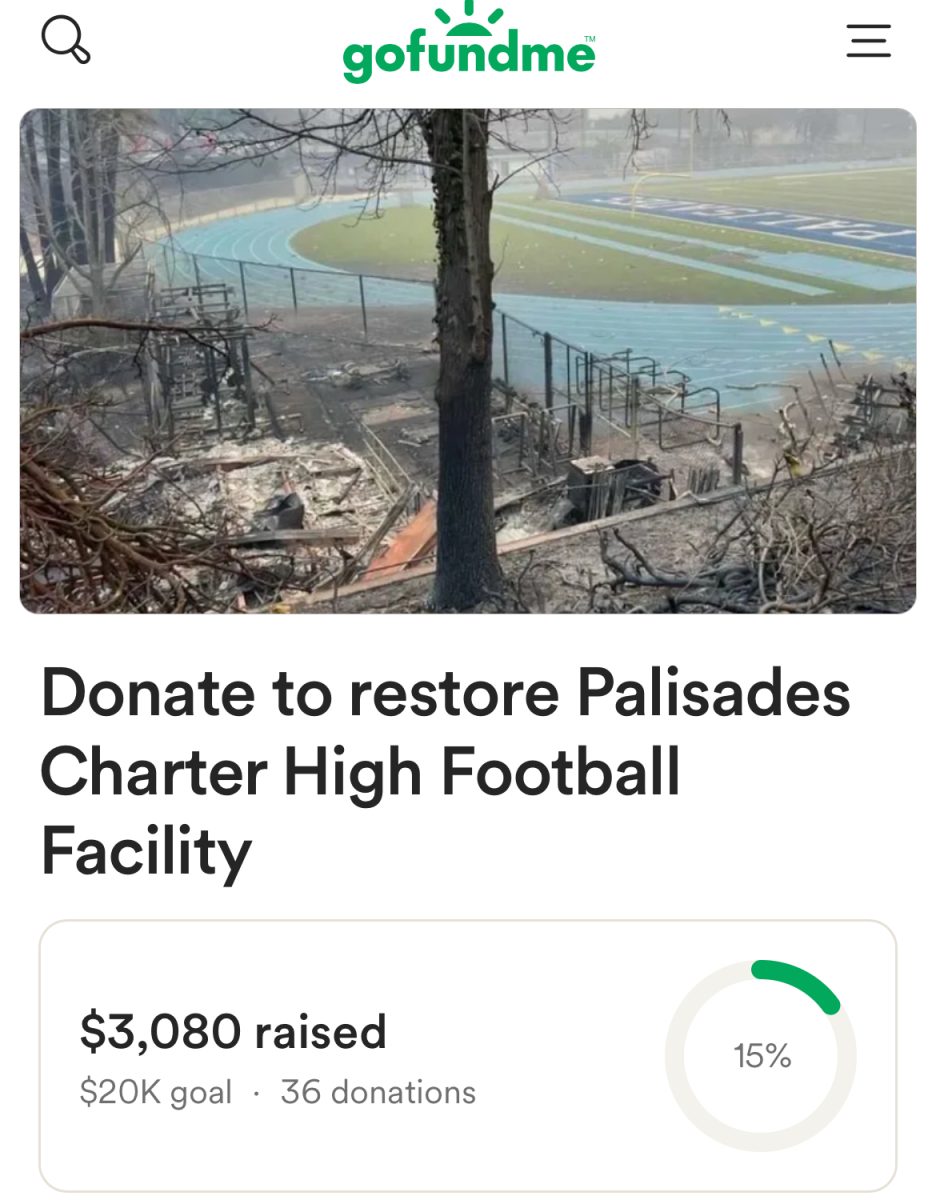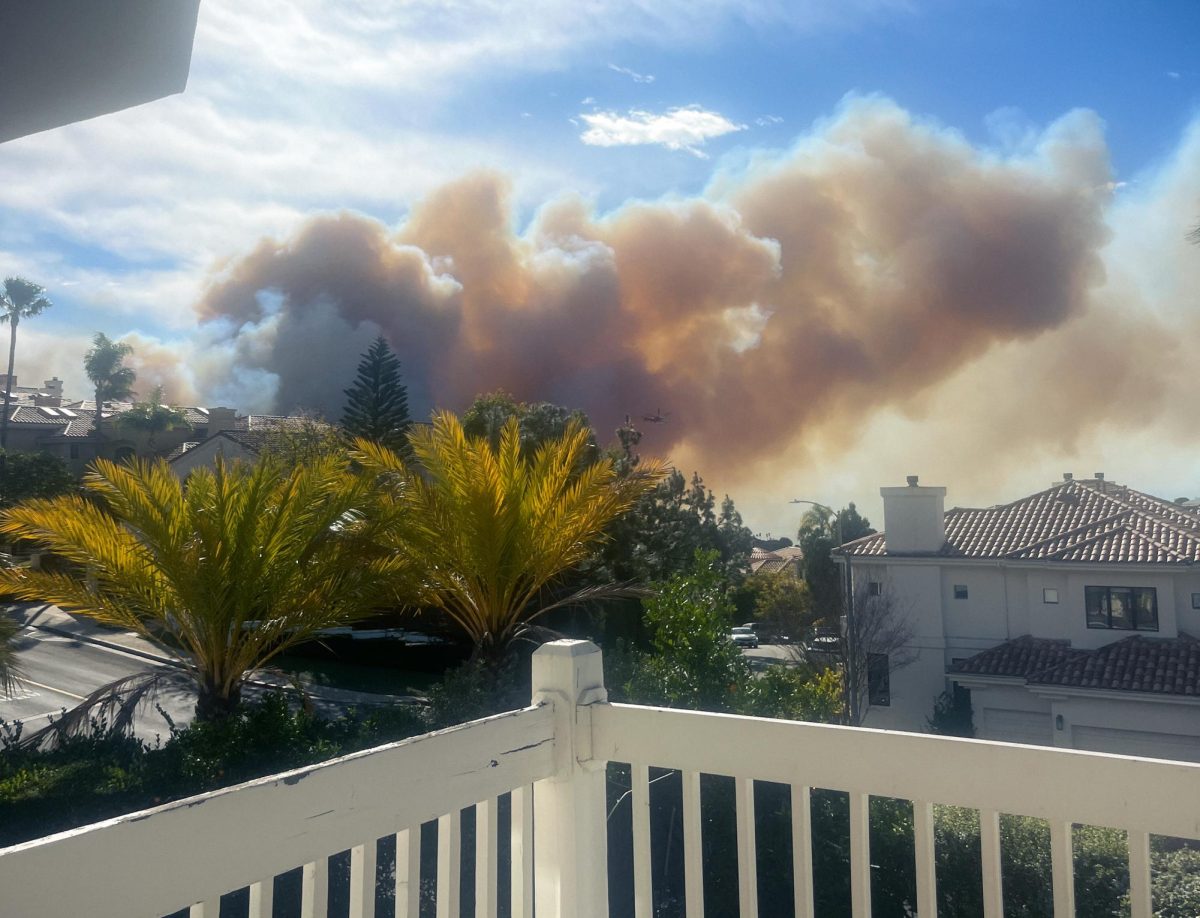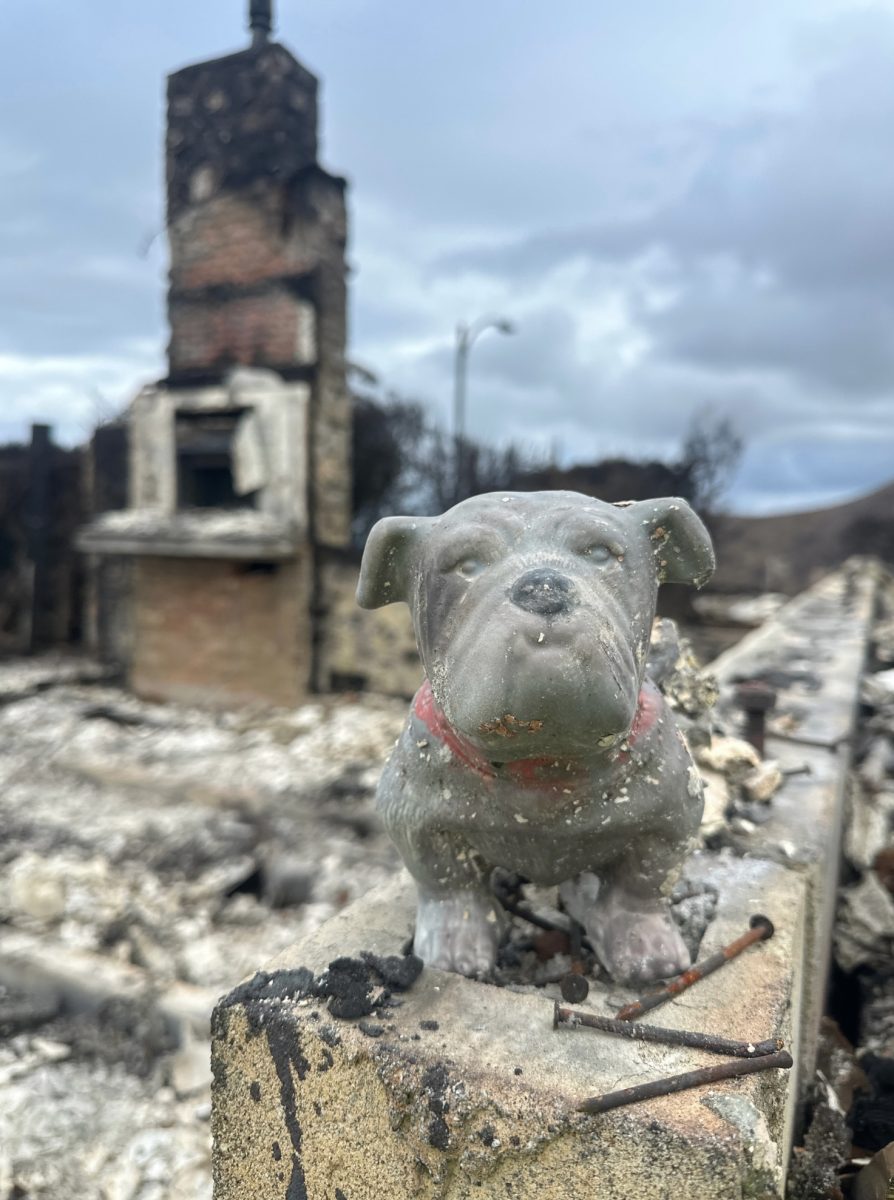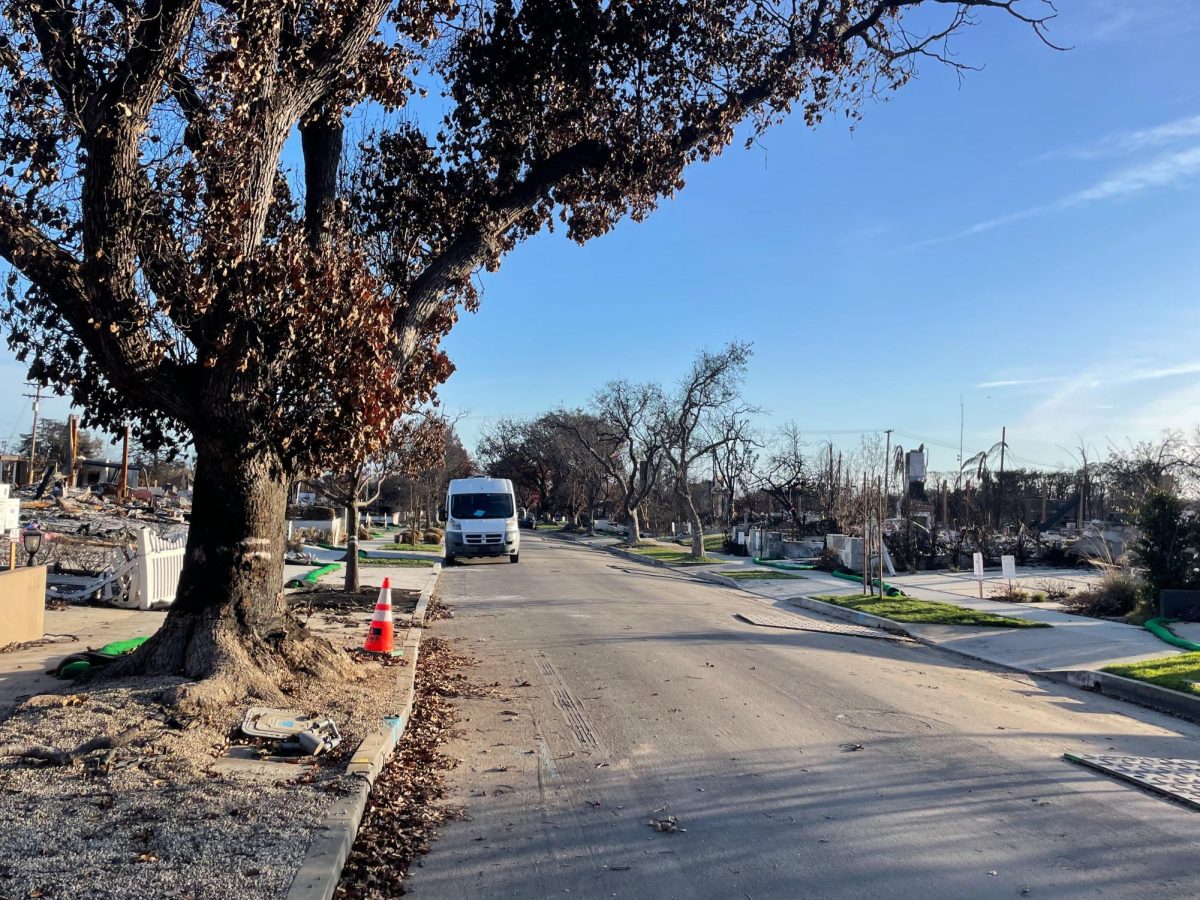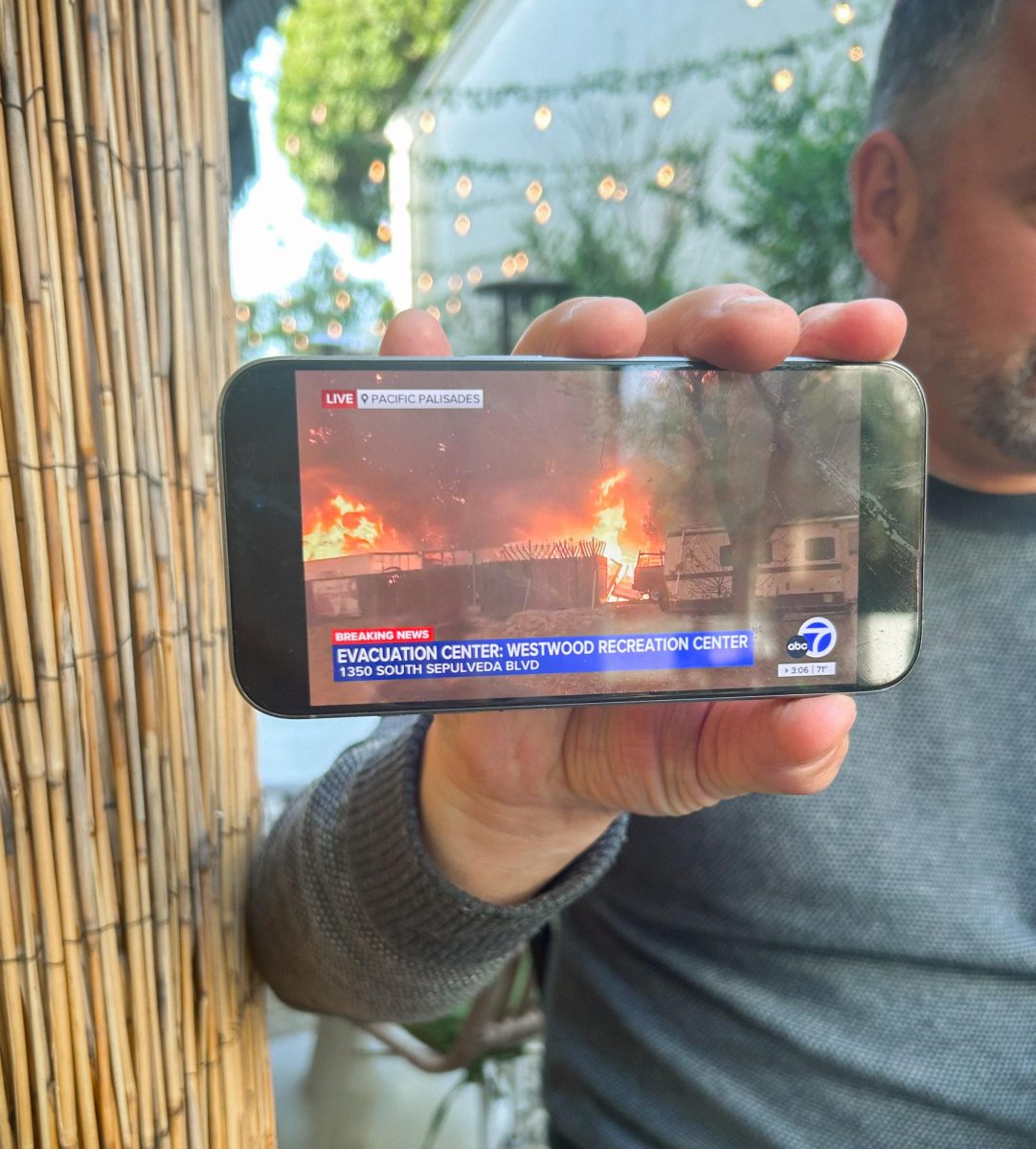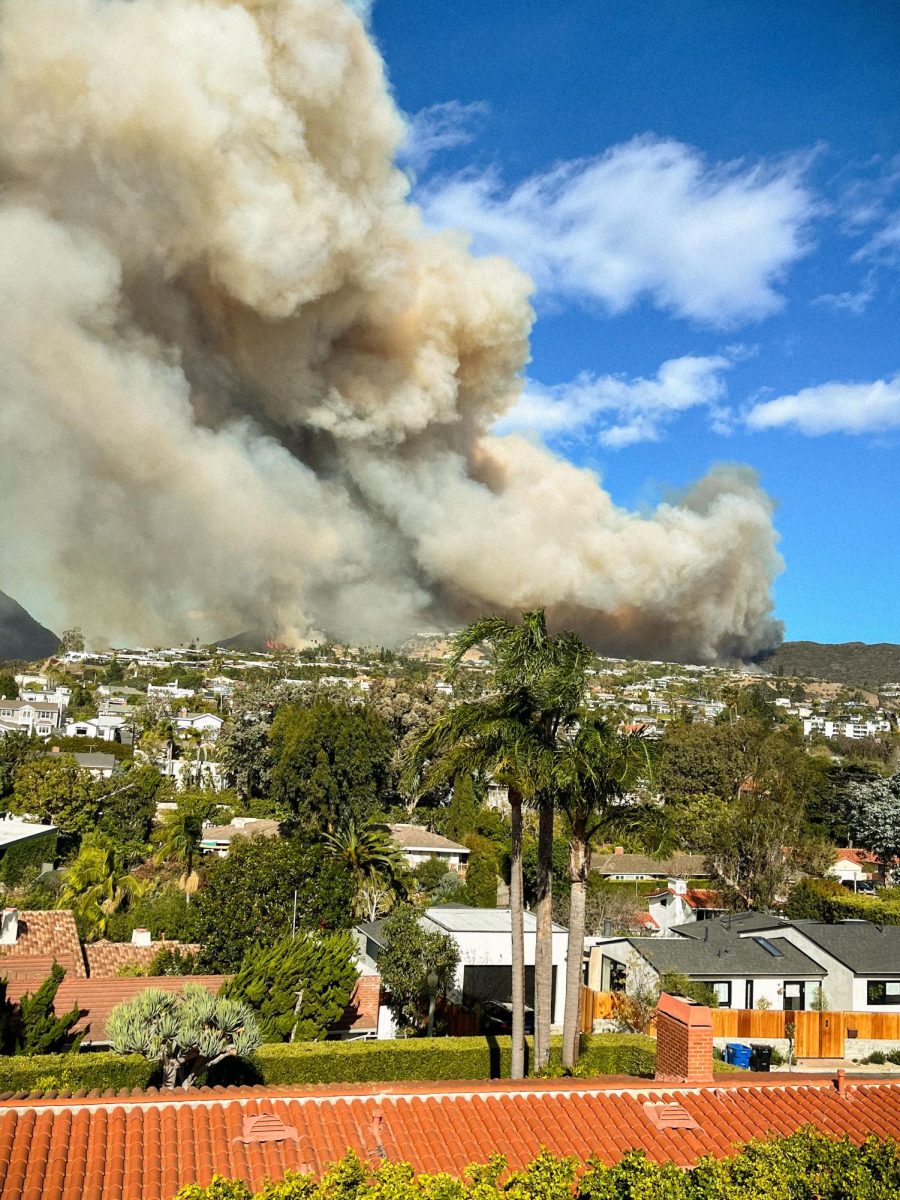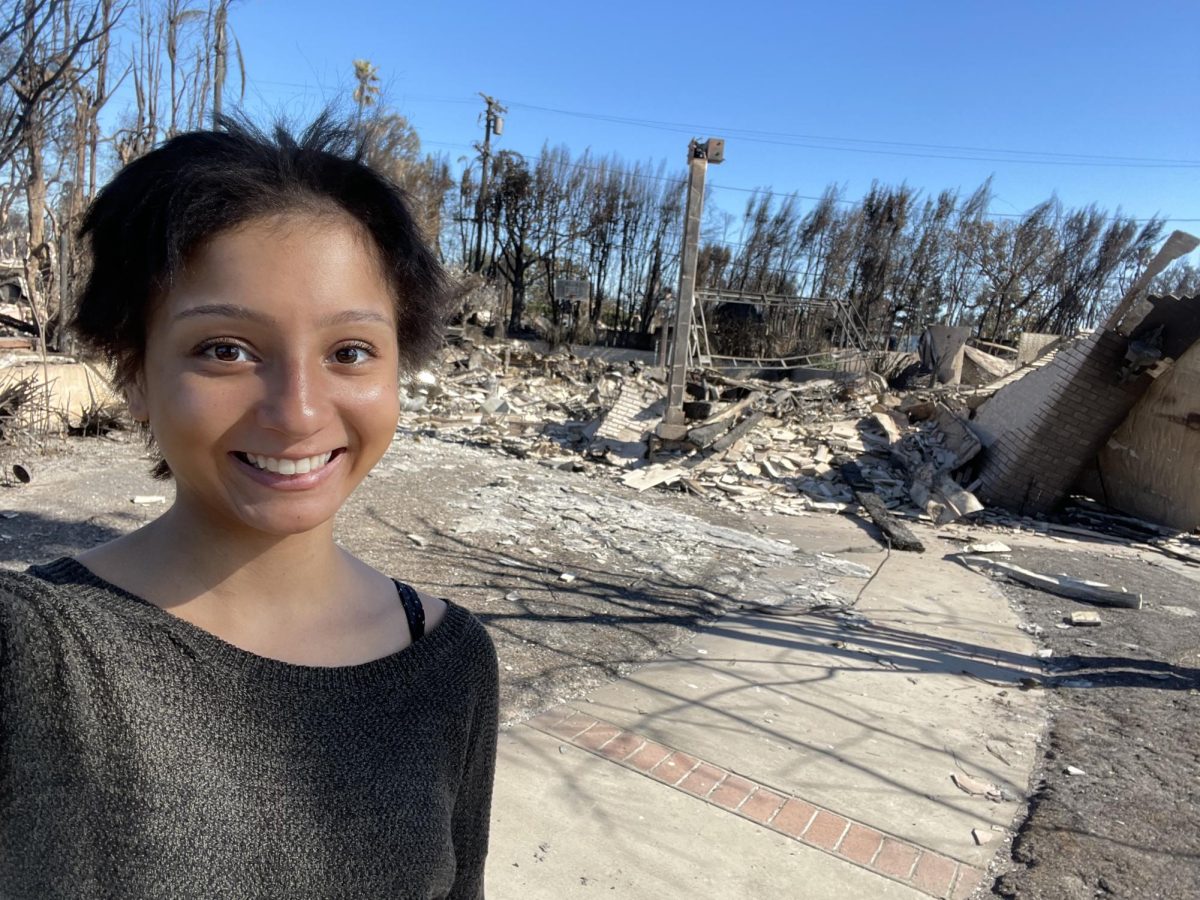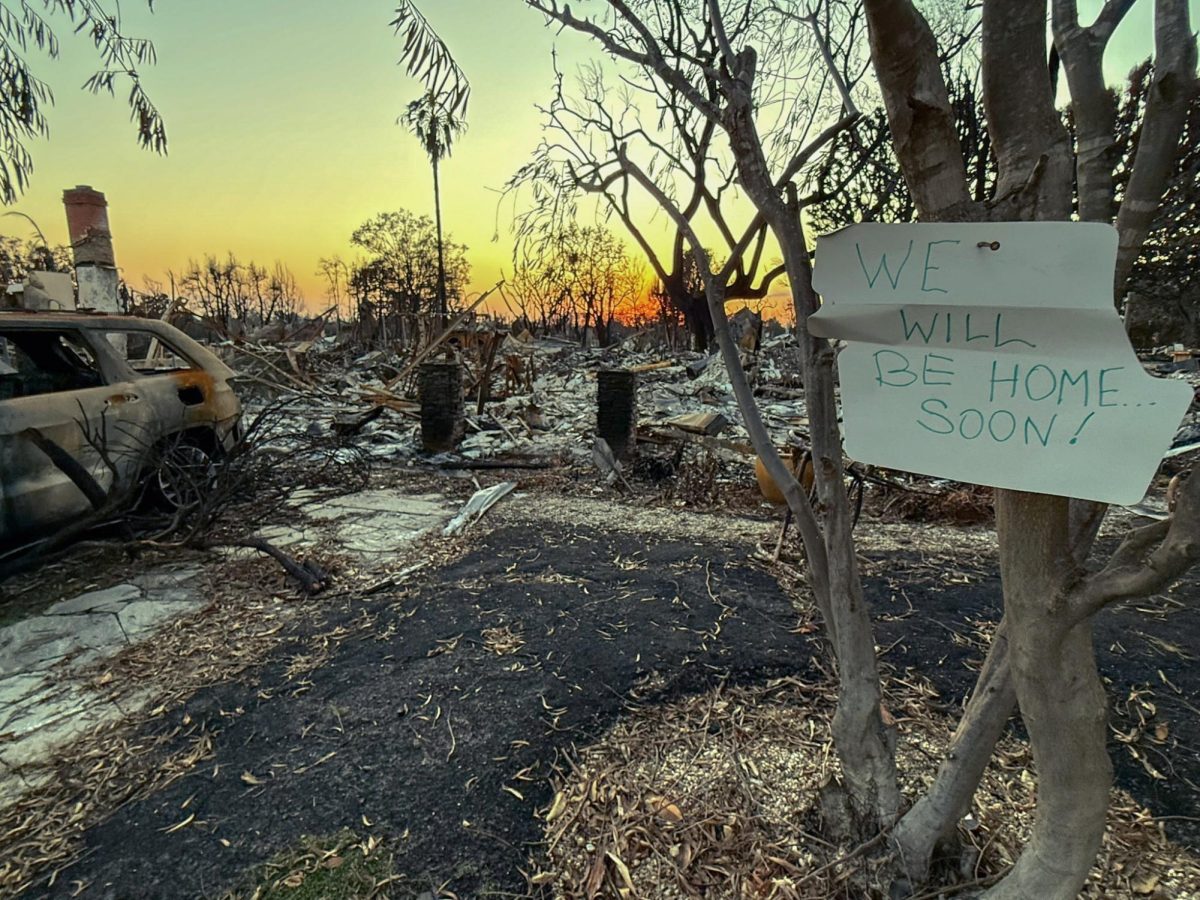Pressures of Online School
May 13, 2020
All across the country, on-campus schooling has shut down because of the coronavirus. Some schools have ended the school year entirely and others have transitioned to different forms of virtual learning. Some schools have changed to pass-or-fail grading scales and others have completely frozen students’ grades. As Pali implements other similar changes, students are expressing a variety of reactions, some loving the changes and others despising them.
While Pali students have kept the same teachers and classes, the school experience as a whole has changed entirely. Due to the current pandemic, Pali has switched to eLearning. Teachers assign classwork and homework through Schoology and have the ability to host virtual learning sessions through platforms such as Zoom and BigBlueButton. With the new eLearning, the school day has been shortened. These changes have sparked different reactions.
For freshman Naya Ramaswami, eLearning has led to an increased amount of schoolwork. Her teachers have given her much more classwork than she previously had, which, in addition to her homework, has Ramaswami working long past the standard school hours.
While Ramaswami has more work due to eLearning, junior Izzy Gill says that her workload, for the most part, is the same. However, “the amount of work given by [her] teachers completely varies subject to subject,” Gill said. Due to this variation, Gill is able to finish any remaining assignments in the extra time available because of her less time-consuming classes.
In contrast, senior Toby Scott finds that his workload has decreased, which he owes to the new AP curriculum and the changes made by the College Board. Because of the coronavirus, AP exams are now required to be taken at home. AP exams have eliminated the multiple-choice aspects and their grading scales have been completely modified. Due to these revisions, many of his teachers have already covered the necessary curriculum. “Because of this, the work is less demanding because we are not expected to learn new things,” says Scott, adding that his classes now spend “less time learning and practicing and thus [have] less work.”
However, Scott acknowledges the new challenges that have come with virtual school, saying that “online school is harder socially, as I get fewer opportunities to see my friends.” And while this sentiment is common, some students like Gill are adapting to the realities of eLearning. She mentions that she “still interacts with [her] friends throughout the day over FaceTime or through other virtual video chatting platforms” but still misses hugging her friends at the beginning of her classes and the “other aspects of school that involve interacting with other people.”
While video conferencing platforms allow teachers to interact with their students in real time, the process is somewhat cumbersome and inconsistent. Some teachers are posting Screencast videos, others are conducting live lectures and many are uploading learning activities that students must complete independently.
Gill says that “because students do not have the freedom to ask questions when they need [to] or interact with their peers on the same level allowed by regular school,” eLearning is less effective. This opinion is shared by many students, including Scott, who has previous experience taking classes online. “I don’t believe that learning can happen effectively through an exclusively digital format,” says Scott, who thinks that “lots of different ways of learning, practicing and testing are necessary for education.”
In the process of adapting to online school, some teachers have changed their grading policies, some slightly, some dramatically and some not at all. Scott, with an AP-heavy schedule, has found that some of his teachers haven’t changed their grading rubrics or weighted categories. In most of Ramaswami’s classes, the system has remained the same excluding test credit, which doesn’t count anymore.
Gill has experienced similar changes as Ramaswami, some of which have negatively impacted her grade. In her math class, the tests taken during eLearning are placed in the assignment category rather than the test category. Gill believes this change is “negatively affecting many, as most depend on the assignments category to offset poor marks on exams.” Students are now left with few opportunities to raise their grades unless they can attain perfect scores on their remaining tests.
In addition to the impact of eLearning, many conferences, club activities and athletic events have been cancelled for students. For seniors, this has been particularly heart-breaking as this is their last year for many of these activities. Scott says that “there was a lot of disappointment associated with putting years into band, choir, speech and JSA without getting the final concerts, competitions or conventions I had been preparing for.”
Ramaswami, who participated in a plethora of activities before eLearning, has found that the lack of extracurriculars in her daily life has left her feeling “much more lonely and less accomplished.” Meanwhile, most of Gill’s extracurriculars have adapted to use virtual platforms in place of in-person meetings.
While on-campus learning is preferred by most students, many still find beneficial aspects of online school. eLearning gives students the opportunity to move at their own pace, whether it be faster or slower than the rest of the class. Gill says that “if I’m struggling with a certain concept, I have the freedom to spend extra time on it…conversely, if I find a concept [or] assignment easy to understand, I have the liberty to move onto other assignments once done.”
Ramaswami appreciates the aspects of online school that allow her to sleep more, eat her lunch at home and not have to lug her textbooks to and from class.
However, in the minds of many students, the pros don’t outweigh the cons of online school. Ramaswami believes that because students are at home, they don’t have the same academic drive as before. Scott adds that “it is difficult for teachers to give assignments or assessments that would be completed with integrity.”
Excited to return back to regular school, Gill says that she would like to see the effective practices of online school embedded into traditional classes. “I hope that the looser deadlines and compassion many teachers have been showing to their students remain,” she said. Even when life returns back to normalcy, many students still go through serious hardships in their everyday lives. As of now, Gill says “I feel less pressure to achieve high marks and more freedom to slow down my life which I hope translates to my life back in regular school.”


